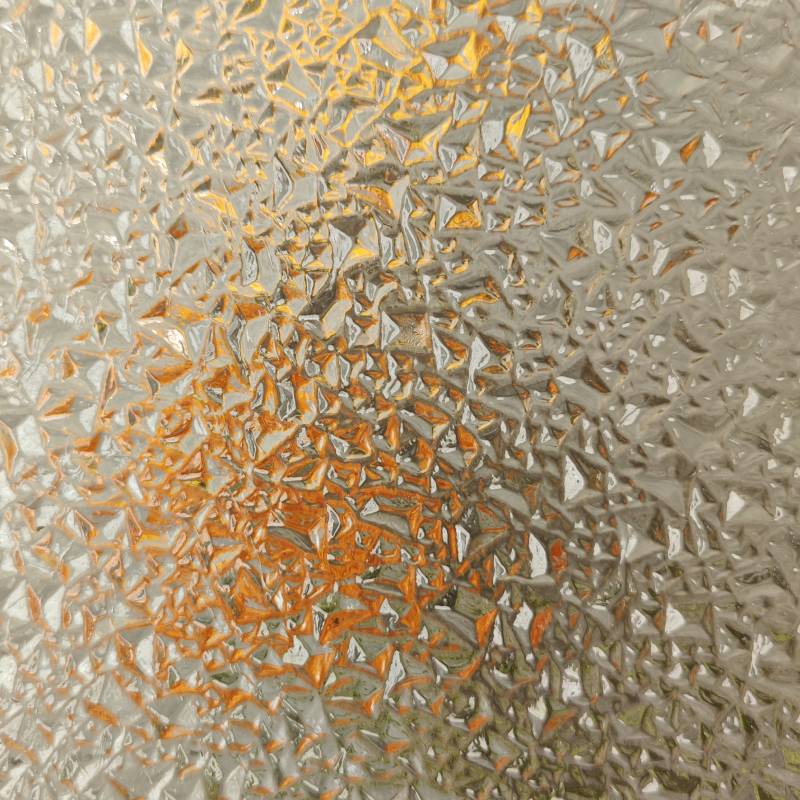

Types of Reflective Glass
Reflective glass is a type of glazing that has a thin, metallic coating applied to its surface, allowing for enhanced energy efficiency and visual comfort while adding aesthetic value to buildings. This unique characteristic allows it to reflect solar energy and reduce glare, making it a popular choice in modern architecture. As we delve into the different types of reflective glass, it's important to explore their applications, benefits, and specific characteristics.
1. Low-Emissivity (Low-E) Glass
Low-Emissivity glass is one of the most common types of reflective glass used in energy-efficient buildings. This glass has a microscopically thin coating that reflects long-wave infrared energy while allowing short-wave solar energy to enter. This property significantly reduces heat loss in cooler climates and minimizes heat gain in warmer ones. By enhancing thermal performance, Low-E glass contributes to the overall energy efficiency of buildings, making them more comfortable for occupants.
Applications of Low-E glass can be found in residential and commercial buildings alike, particularly in regions with extreme weather conditions. Its ability to minimize UV radiation as well offers added protection for furnishings and decor from fading.
2. Silver-Coated Reflective Glass
Silver-coated reflective glass is another prominent type characterized by its high reflectivity and aesthetic appeal. This glass is coated with a layer of silver, which provides exceptional reflective properties, vastly reducing solar heat gain while allowing natural lighting to filter through. The application of silver in the coating also enhances the glass's performance by increasing visibility from the inside while decreasing visibility from the outside at certain angles, thus providing additional privacy.
This type of glass is ideal for commercial buildings, particularly offices and skyscrapers, where solar control and glare reduction are critical. It not only helps to maintain a comfortable indoor environment but also reduces reliance on artificial lighting during the day.
3. Bronze and Gray Reflective Glass
Bronze and gray reflective glasses are widely used in architectural applications to provide a distinct aesthetic while also delivering functional properties. These colored reflective glasses have a metallic coating that reflects a significant portion of solar energy, while also adding a modern touch to building facades.

Bronze reflective glass is often used in buildings where a warm appearance is desirable, while gray reflective glass offers a more neutral, contemporary look. Both types contribute to glare reduction and decrease the building's cooling load, making them favorable in hot climates. These glasses are commonly found in malls, office buildings, and high-rise apartments.
4. Blue Reflective Glass
Blue reflective glass is known for its striking visual appeal and unique aesthetic quality. Often chosen for its contemporary look, this type of glass offers excellent solar performance by reflecting a significant amount of sunlight. The blue tint reduces glare and also enhances privacy, as passersby find it harder to see into the building.
This type of glass is frequently used in modern office buildings, storefronts, and hotels. The use of blue reflective glass not only improves the building's energy efficiency but also adds to its distinct architectural character.
5. Mirrored Reflective Glass
Mirrored reflective glass provides a highly reflective surface that creates a mirror-like effect on the exterior. This type of glass is often used in high-rise buildings, allowing for impressive visual effects while maximizing privacy for occupants. Mirrored glass is also effective for reducing heat gain and glare, making it an ideal choice for sunny locations.
Architects and designers often choose mirrored reflective glass for its ability to blend with the surroundings, reflecting the environment around it. This creates an impressive visual dynamic that enhances the overall architectural aesthetic while remaining functional.
Conclusion
In conclusion, reflective glass plays a pivotal role in modern architecture by combining functionality with elegance. The different types of reflective glass, including Low-E, silver-coated, bronze and gray, blue, and mirrored glass, each cater to specific needs, whether it be energy efficiency, aesthetics, or privacy. As sustainability and energy efficiency continue to be essential considerations in design, reflective glass will undoubtedly remain a critical component in building practices, enhancing both form and function in the architecture of today and the future.